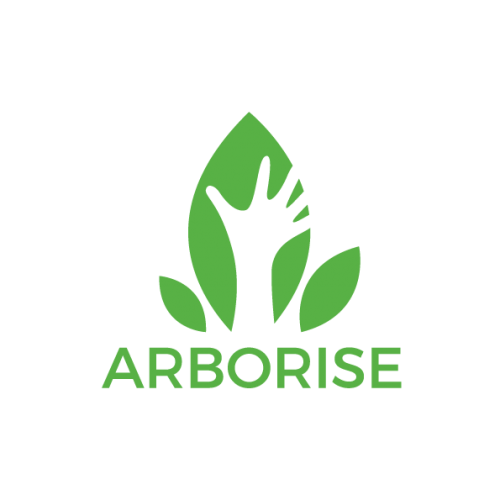The authorities of the Linko sub-prefecture have asked us to help them detect bushfires and thus facilitate the extinguishing of uncontrolled fires. As in 2024, we launched a Design Project in collaboration with the Ecole Polytechnique Fédérale de Lausanne (EPFL), led by Elena Thomas, under the supervision of Alexis Berne, Associate Professor, Environmental Remote Sensing Laboratory.
The remote sensing technologies used by arboRise to date, based on the Sentinel 2 satellite, were unable to identify all fire starts by far, due to the satellite’s long period of revolution (5 days). As for other warning systems (Global Forest Watch, Plant for the Planet’s Fire Alert), their resolution was too imprecise.
To overcome these shortcomings, our researcher opted for an innovative approach: measuring burnt areas rather than fire starts. Based on Google Earth images from 2024, in which burnt areas are clearly visible, Elena trained software to recognize areas affected by fires for each year, using Artificial Intelligence techniques.
Aerial views of burnt areas :


Model training zones :


Classification steps for zone A:


Confusion matrix to compare ground truth and model prediction :


This gives a detection accuracy of 93%, and the model can be used to map the areas burnt (in red) each year in the project area:




These images, which are almost unbelievable given the immense surface area of the burnt areas, confirm that fire is one of the main tools used by farmers and stockbreeders:
- To eliminate weeds (in place of chemical herbicides)
- To stimulate the growth of fresh grass to feed livestock in the dry season
- To bring down game when hunting
- To clear fallow land and fertilize new fields (without chemical fertilizers)
- To smoke out rodent burrows and eliminate them
- For beekeeping
- etc.
As in most neighbouring countries, preventive fires are recommended by the Guinean government after the rainy season, to prevent the build-up of stocks of combustible material that could cause devastating fires. For the most part, fires are well controlled, but sometimes they get out of hand, which is why a remote sensing system is useful.
From the perspective of the arboRise project, it is interesting to note that the area burnt has decreased since the start of our activities in Linko: 41.5% in 2019-2020 and 38.6% since 2021 (- 7.5%), which is perhaps due to our awareness-raising and incentive measures in the villages.
The analysis also makes it possible to identify the areas burnt each year on a recurring basis (below left – we can see that recurring fires correspond to river beds) and to compare them with the areas heavily reforested by arboRise (image on the right):




Intersection of the two images above:


On this basis, it is possible to identify optimal locations for a remote sensing system:


Indeed, Elena’s detailed comparison of several types of remote sensing system (drone, weather balloon, thermal camera, optical camera, etc.) showed that a network of optical cameras mounted on masts would be the most appropriate option, at a cost of around CHF 1,000 per unit. A unit capable of detecting fires 24 hours a day, 7 days a week, day and night, without human maintenance and over an area of 8 km2.


These results are extremely useful for arboRise and we would like to express our warmest thanks to Elena Thomas for her passionate commitment to this research project and her innovative results. The final report is available here, and we’ll be sure to share it with the Linko authorities and the Water and Forestry Department.

